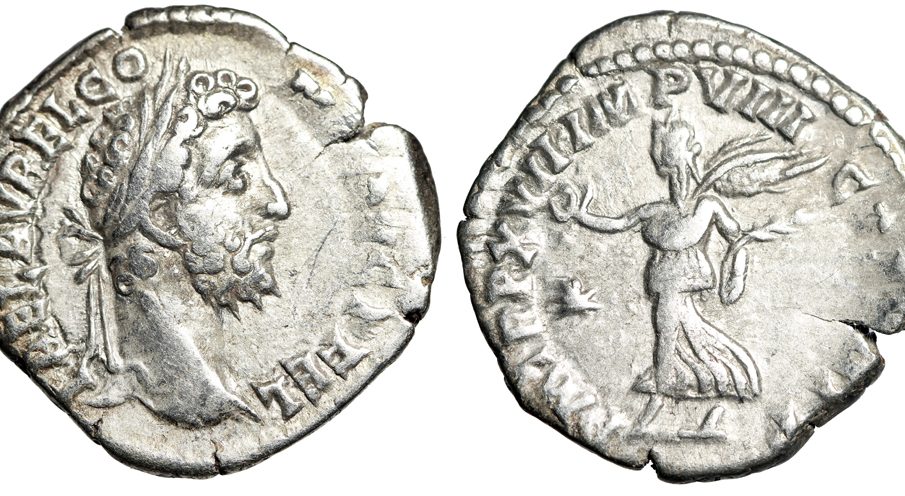The Eternal City: Exploring the Wonders of Rome

Introduction
Rome, often referred to as the Eternal City, holds a profound significance in history and culture, attracting millions of tourists every year. With its rich tapestry of ancient ruins, Renaissance art, and vibrant street life, Rome stands as a testament to both its glorious past and lively present. Understanding its nuances is essential for appreciating its contributions to art, architecture, and governance, which resonate well beyond its borders.
The Historical Marvels of Rome
Rome’s history stretches back over 2,500 years, and it serves as a crucial epicentre for ancient civilisations. Landmarks such as the Colosseum, the Roman Forum, and the Pantheon offer an insight into the city’s storied past. The Colosseum, an architectural marvel, once hosted gladiatorial contests and public spectacles, captivating audiences with its grandeur. Meanwhile, the Vatican City, an independent enclave within Rome, houses the Sistine Chapel, renowned for Michelangelo’s breathtaking ceiling and as the spiritual heart of Roman Catholicism.
Modern Events and Cultural Relevance
Recently, Rome has also been in the spotlight for its cultural events. The city hosted the first-ever hybrid edition of the Rome Film Festival, showcasing a blend of live screenings and online streaming due to ongoing adaptations related to the pandemic. This event highlighted Italy’s resilience and evolving cultural landscape, showcasing both established and emerging filmmakers. Additionally, restoration projects to preserve historical sites like the Largo di Torre Argentina underscore the city’s commitment to maintaining its rich heritage while adapting to modern needs.
Everyday Rome
For those who travel to Rome, the city’s vibrant life is not confined to its historical landmarks. The streets of Trastevere pulse with life, filled with quaint trattorias, artisan shops, and lively piazzas. The recent push for sustainable tourism has led to a focus on local experiences, encouraging visitors to explore lesser-known neighborhoods that capture the essence of daily Roman life.
Conclusion
As Rome continues to balance its distinguished history with modern advancements, the importance of this city remains unchallenged. For potential travelers or those interested in global culture, visiting Rome is not merely a leisure activity; it is an exploration of the very foundations of modern Western civilisation. With ongoing changes and a dynamic cultural landscape, Rome promises to remain a captivating destination for years to come, offering rich experiences that bind the past to the present.


